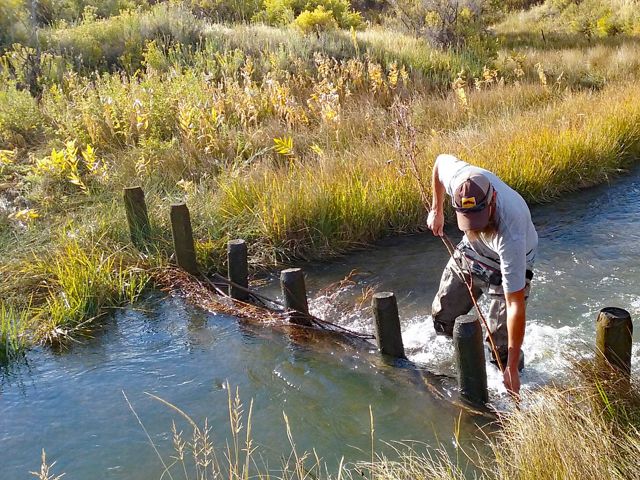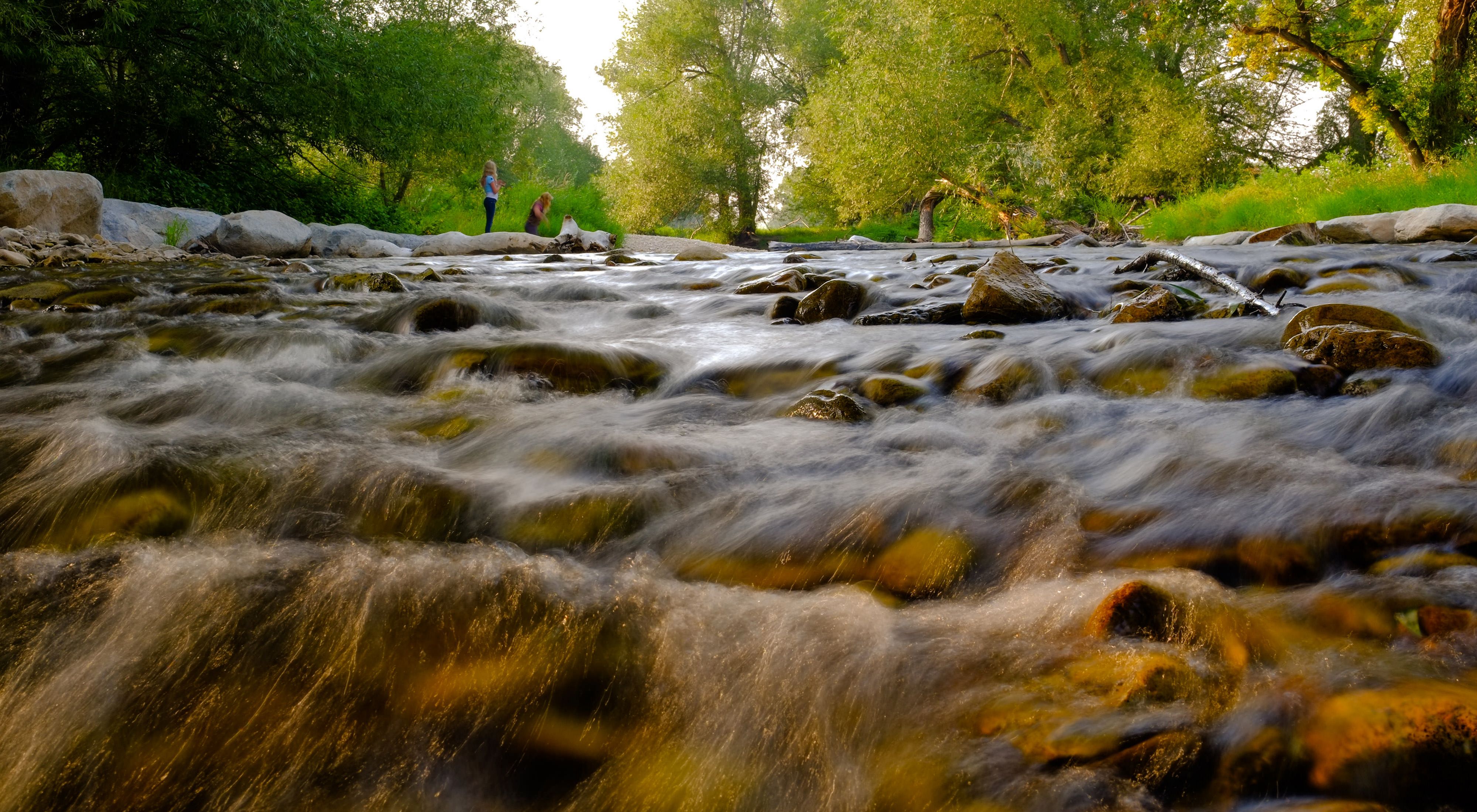Water is the lifeblood of all living things and in the arid West, it is an especially cherished commodity. In Wyoming, The Nature Conservancy has made keeping our natural water systems healthy a top priority.
Wyoming holds the headwaters of the Colorado, Missouri and Columbia Rivers, as well as the Great Salt Lake. Yet, as elsewhere in the West, the growing demand for clean and abundant water—for drinking, irrigation, wildlife and recreation—has never been more pressing. With climate change increasing the severity of drought, causing rapid loss of snowpack and altering precipitation patterns, protecting and restoring the source of our water is an increasingly urgent priority.

Actions
That’s why The Nature Conservancy is hard at work preserving and restoring Wyoming’s streams, rivers and wetlands.
Give and Take in the System
As a headwaters state in the Colorado River System, we are meeting with water users to see where there is give and take in the system. Our goal: policy changes and management strategies that keep clean water in streams to support fish and wildlife, to supply the needs of towns, agriculture and industries and to maintain the economic health of rural communities.
Partnerships for Solutions
On the Popo Agie we are partnering with the city of Lander, local conservation district, irrigators, and others on the Healthy Rivers Initiative. The goal is to improve the efficiency of water delivery, improve water quality and leave more water in-stream through critical reaches. By forming key partnerships with water users and water rights holders we are seeking collaborative ways to use water that demonstrate it is possible to meet water goals for nature and people simultaneously.

Natural Solutions
We’re using innovative techniques, such as beaver dam analogs—which mimic the beneficial work of these animals to restore degraded streamside habitat. These structures, and similar simple rock constructions, slow water and allow it to pool and soak into the ground. That helps protect streambanks from erosion and stores water in the soil for later in the season. We’re also sharing our results and technology with regional land managers and landowners.
Forests
In the forests of the Sierra Madre Range in southern Wyoming, we are studying where and how different types of forest restoration practices could help them hold onto more of the snowpack helping reduce the impacts of drought in the Upper Colorado River Basin. This baseline information, generated by our scientists and partners, will help us bolster the critical contribution of Wyoming’s forests to water supplies and availability in the region. Along with our science, we are keeping in mind the local industries that will be needed to accomplish this work.
HOW YOU CAN HELP
To meet the demands of conservation, we need your help. Your support of our conservation efforts allows us to be a powerful force in preserving a legacy of healthy waters in our great state for which we are deeply grateful.
